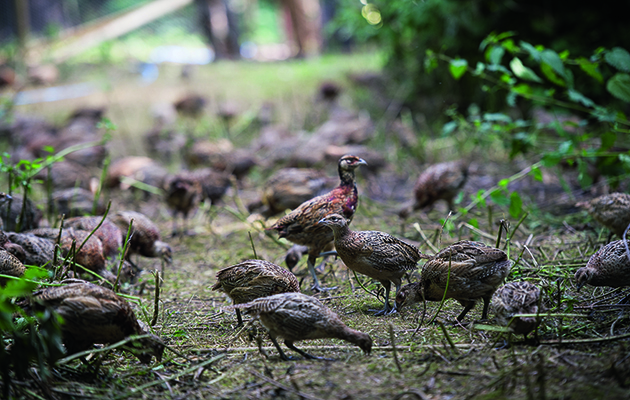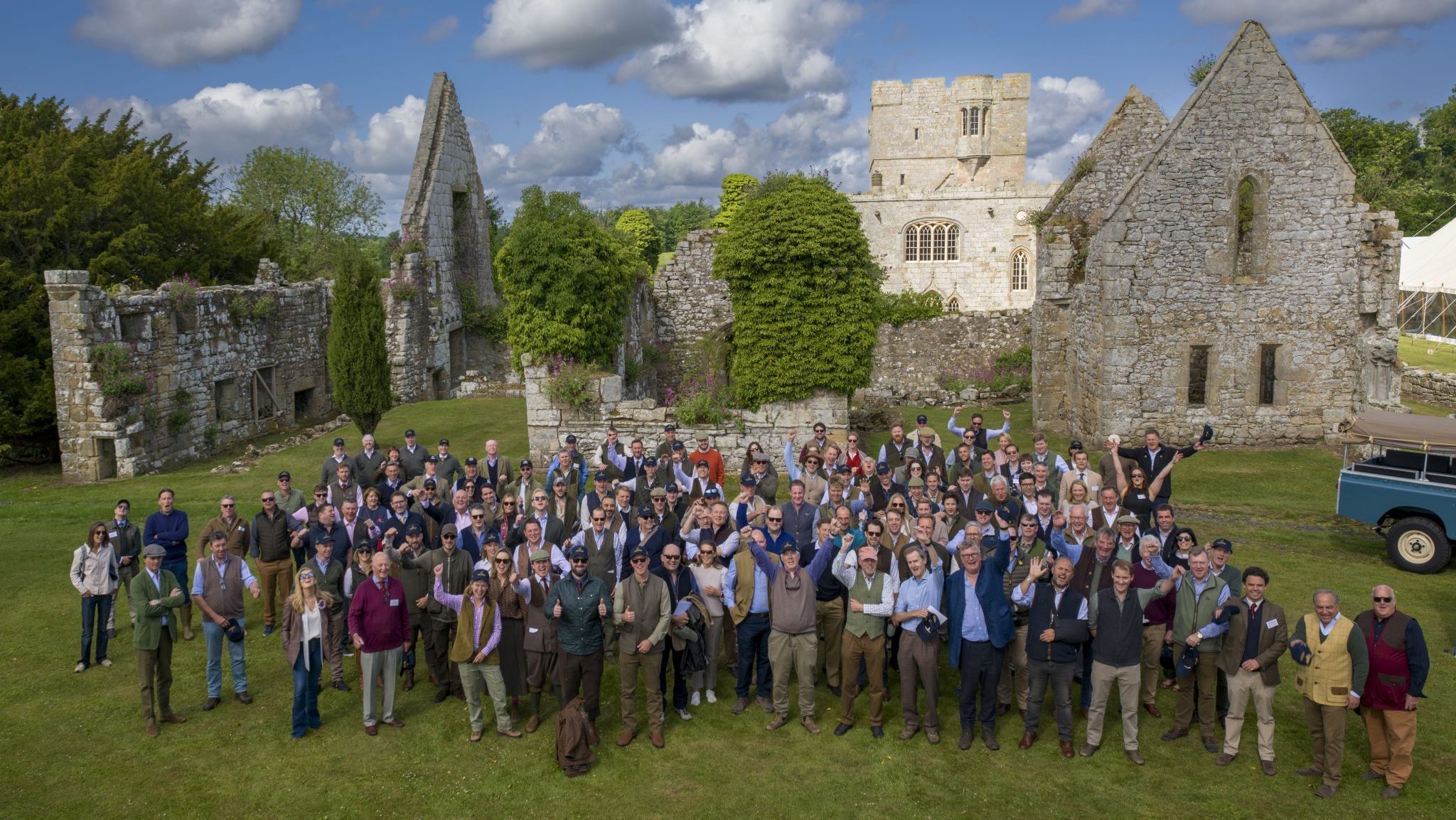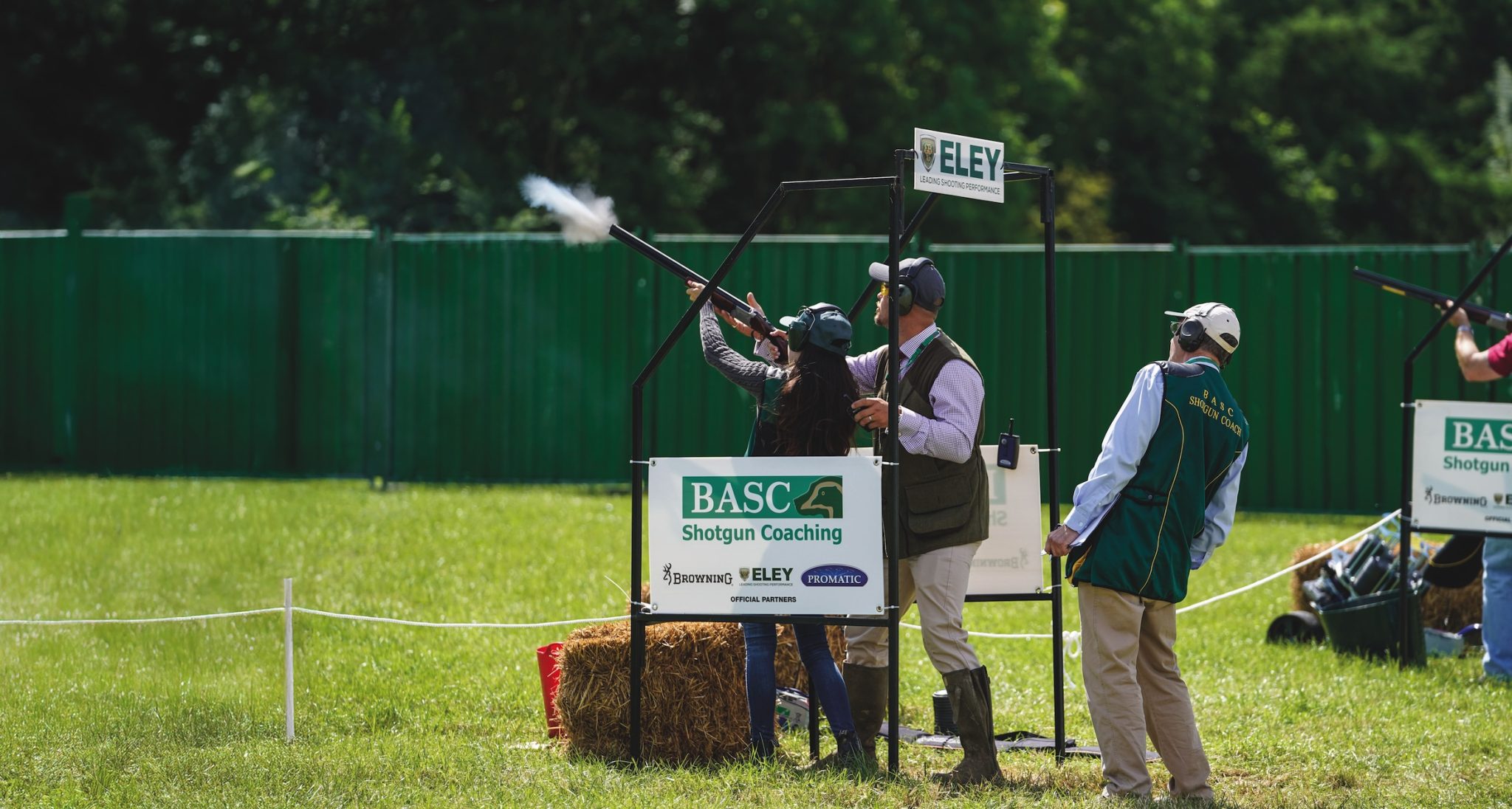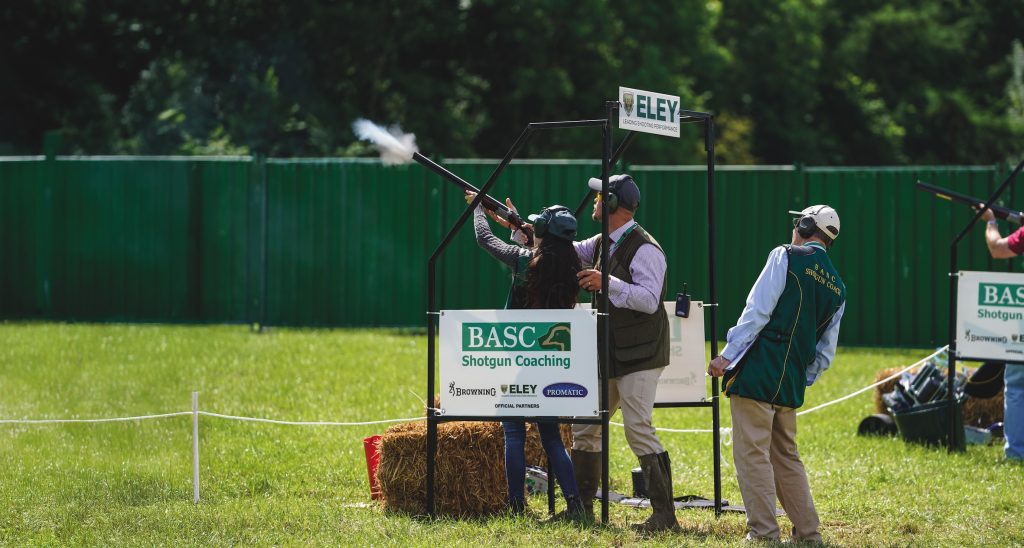News
Shooting
Shotgun
Shotgun news
New gamebird figures challenge RSPB claims
Would you like to speak to our readers? We offer sponsored articles and advertising to put you in front of our audience. Find out more. Pheasant poult in the pheasant pen
Pheasant poult in the pheasant pen
New BASC research has challenged RSPB claims that the shooting industry releases 50million birds into the wild each year.
Real figure closer to 34.9million
The paper, Impacts of gamebird release, says the real figure lies closer to 34.9million birds and describes the significantly higher estimate as being “based on unreliable extrapolation”.
BASC formulated its estimate by using figures from the GB Poultry Register, feed sales, veterinary information and industry sources.
The estimates from these various sources range from 29.6milllion to 41.9million birds in total, with BASC taking the average of 34.9million. The paper estimates that around 80 per cent (27.9million) of the total are pheasants, while 20 per cent (7.5million) are partridges.
RSPB dispute BASC findings
The RSPB has disputed BASC’s findings and stands by its 50million estimate, telling Shooting Times: “GB Poultry Register figures indicate that 50,287,533 non-native gamebirds were released across Britain in 2013. This is a nine-fold increase in pheasant releases and a 200-fold increase in red-legged partridges since the 1960s.”
The BASC paper also quotes the GB Poultry Register, but gives the much lower figure of 33.2million. It believes this discrepancy is due to the RSPB misinterpreting the data.
Richard Ali, chief executive of BASC, responded: “The RSPB is quite right in that the GB Poultry Register for 1 January 2013 does state the figure of 50,287,533 gamebirds. However, this number does not reflect the number of gamebirds as of 1 January 2013, nor does it reflect the number of gamebirds released by shoots in either 2012 or 2013. The Poultry Register is designed to assist the Government in identifying premises in case of disease outbreaks. It therefore includes significant occurrences of double counting. It is a major overestimate of actual gamebird numbers.
BASC defence
“Our estimate of 34.9million gamebirds uses the best available data from the Government, the gamebird feed industry and shooting providers, and is therefore robust.”
The issue of multiple counting in the Poultry Register was discussed in the House of Commons in 2006. The environment minister at the time, Ben Bradshaw, told Parliament: “A form of double-counting has occurred where the same birds have been registered by the gamefarm at rearing, and by the shoot following purchase. This has produced an overestimate in total bird numbers.”
Andrew Gilruth of the Game & Wildlife Conservation Trust (GWCT) welcomed the paper, but said the number of birds released is less important than where: “BASC must be congratulated on sharing their assessment that the UK releases 2.5 gamebirds per hectare of countryside. The GWCT is interested in the impacts releasing has on our countryside and this is why we have conducted most of the conservation research in this area.
“From a conservation perspective the ratio between local gamebird stocking density and release pen area is more important than the number released, and this guidance has been enshrined within The Code of Good Shooting Practice.”
You can read the latest stories in Shooting Times every week by taking out a subscription for just £19.49. The perfect Christmas present.
Related articles
News
Duke's Challenge raises record-breaking £685,000 for GWCT
The shooting community has backed wildlife conservation in spectacular fashion, raising a record-breaking £685,000 for wildlife conservation
By Time Well Spent
News
‘So what exactly do you lot do, then?’
You’d be surprised how many projects staff and volunteers deliver, as well as BASC’s vital work helping members, says Conor O’Gorman
By Time Well Spent
Manage Consent
To provide the best experiences, we use technologies like cookies to store and/or access device information. Consenting to these technologies will allow us to process data such as browsing behavior or unique IDs on this site. Not consenting or withdrawing consent, may adversely affect certain features and functions.
Functional Always active
The technical storage or access is strictly necessary for the legitimate purpose of enabling the use of a specific service explicitly requested by the subscriber or user, or for the sole purpose of carrying out the transmission of a communication over an electronic communications network.
Preferences
The technical storage or access is necessary for the legitimate purpose of storing preferences that are not requested by the subscriber or user.
Statistics
The technical storage or access that is used exclusively for statistical purposes.
The technical storage or access that is used exclusively for anonymous statistical purposes. Without a subpoena, voluntary compliance on the part of your Internet Service Provider, or additional records from a third party, information stored or retrieved for this purpose alone cannot usually be used to identify you.
Marketing
The technical storage or access is required to create user profiles to send advertising, or to track the user on a website or across several websites for similar marketing purposes.





